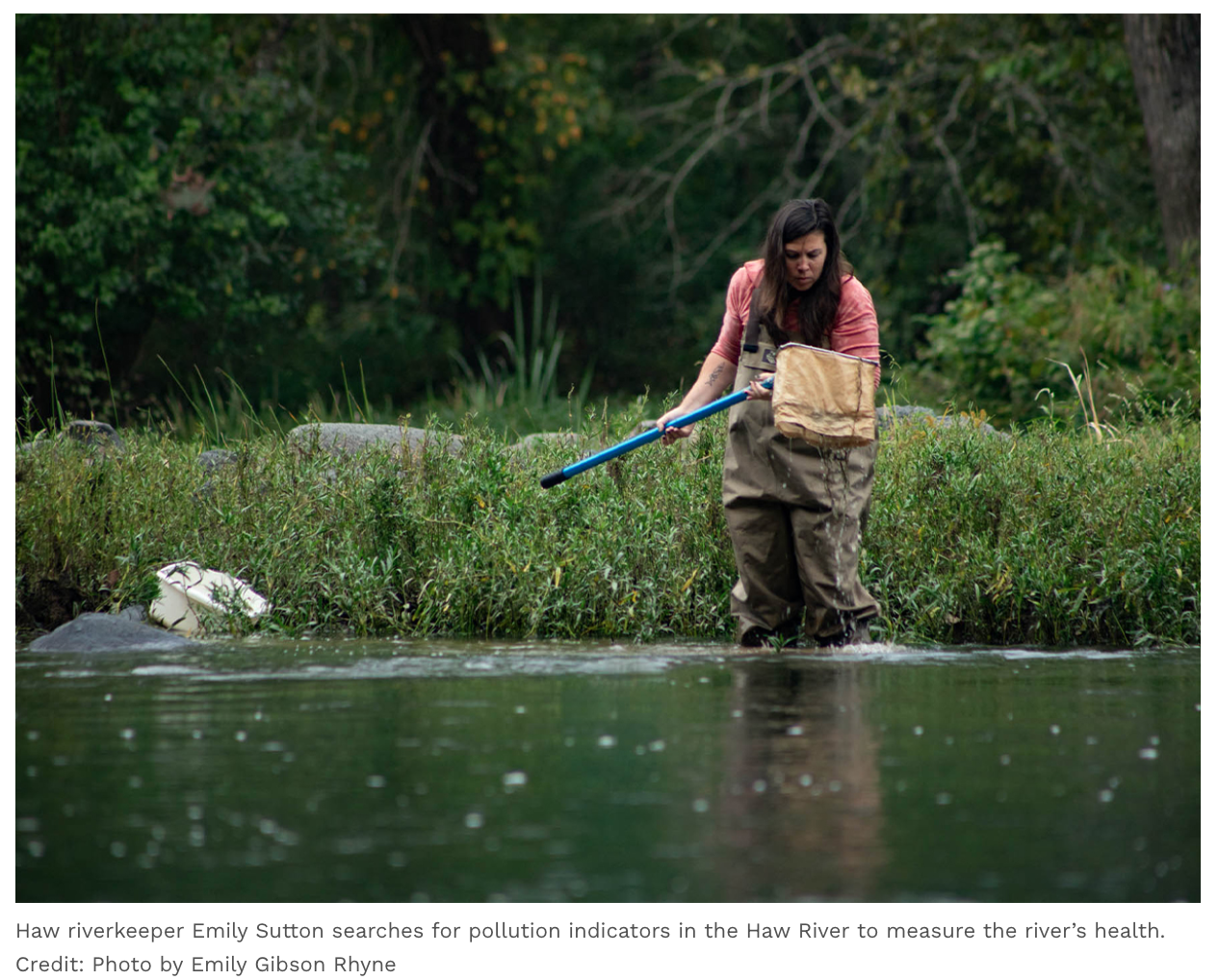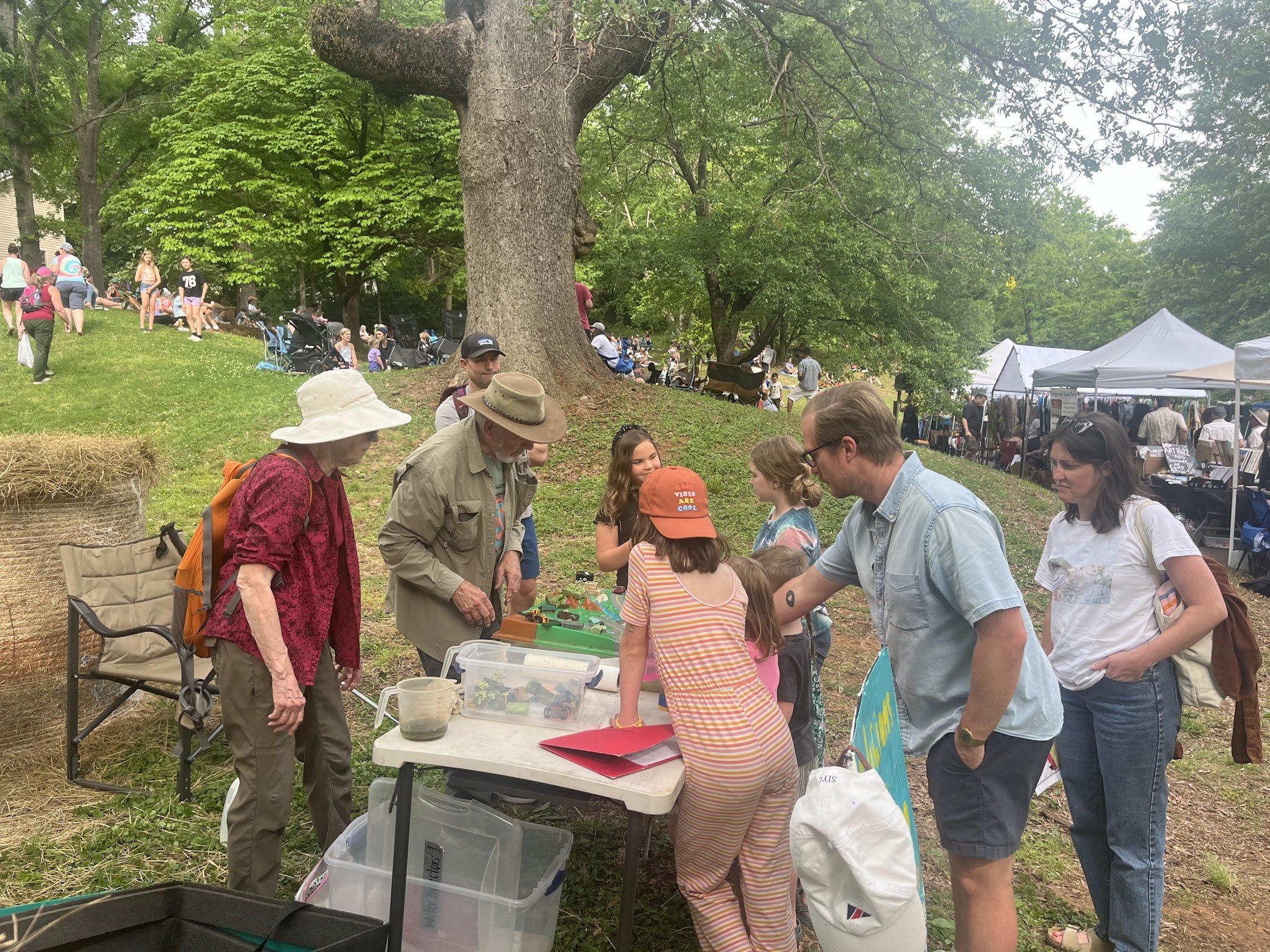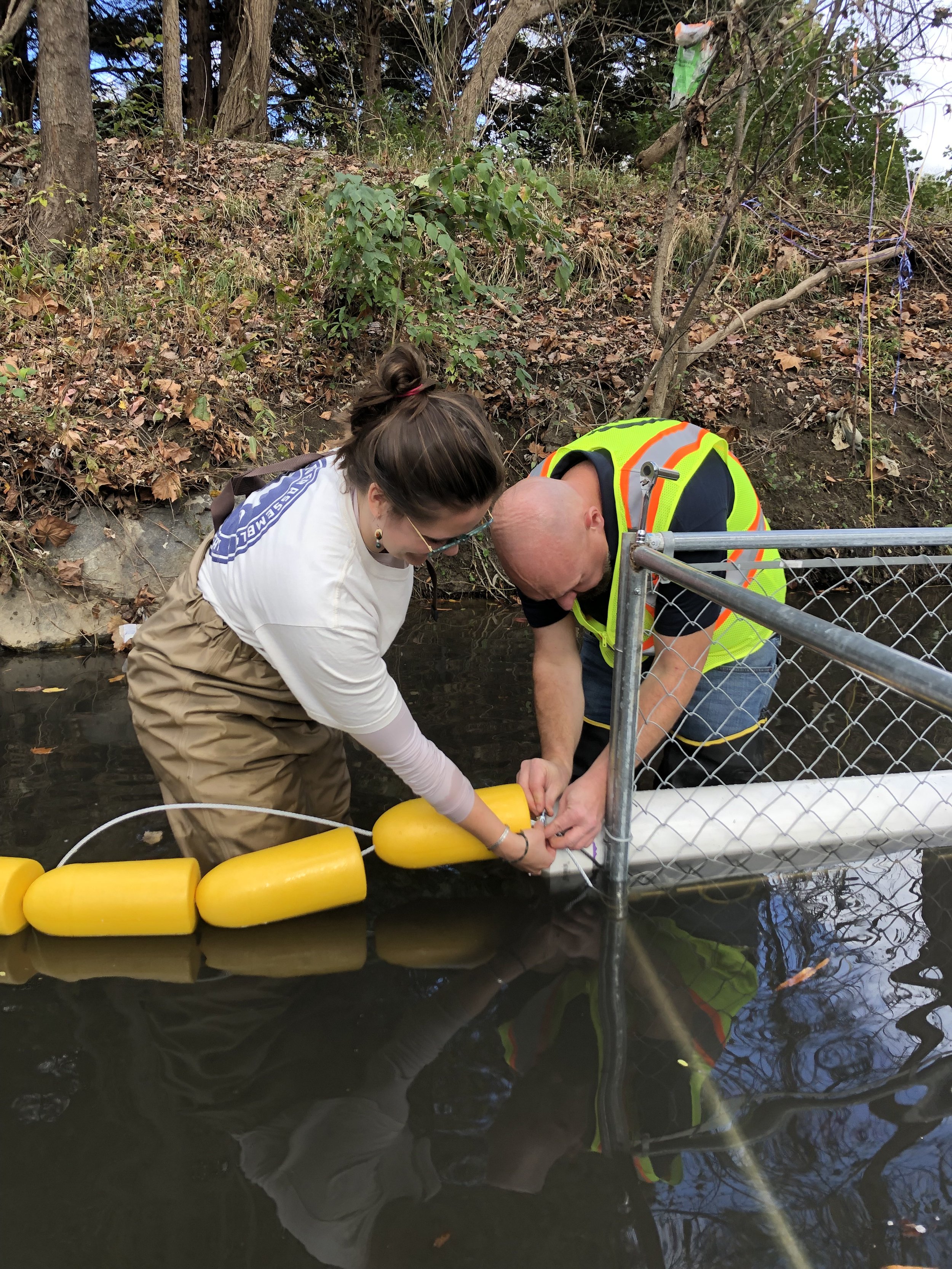
begins with you
A healthy Haw River
Thank you to everyone who attended our 2025 Haw River Festival on May 3 as we kicked off Saturdays in Saxapahaw! Since 1990, the Haw River Festival is an annual event that serves as a fundraiser for Haw River Assembly and includes live music, a farmers market, a silent auction, a kayak raffle, and (weather permitting) – a river walk, river monitoring, and a puppet parade in Saxapahaw, NC!
The Haw River Festival is held on the first Saturday of May, so stay tuned for more information as we gear up for our 2026 Haw River Festival. Would you like to donate a silent auction item or volunteer for the festival? Email events@hawriver.org for more information!
VOLUNTEERS NEEDED FOR 2026!
Join our volunteer team to help us set up the Festival, work at one of our booths or activities, or help us break down at the end. Email events@hawriver.org for more details! If you want to be a festival vendor, you can contact Haw River Ballroom.
Special thanks to our silent auction donors:
The Haw River Festival would not be possible without our volunteers, donors, and local Saxapahaw businesses! A special thank you to:
*Haw River Ballroom is allowing us to have the festival as part of their Saturdays in Saxapahaw series and donating all access tickets to our silent auction!
*Haw River Canoe & Kayak for providing free canoe rides for children!
*Great Outdoor Provision of Chapel Hill for donating a kayak for the kayak raffle!
*Saxapahaw General Store, thank you for allowing us to display our kayak!
*Alan Avakian for leading our 2025 Birding Hike!
Haw River Assembly - defending the haw since 1982
Signup for our weekly e-newsletter
Our watershed includes 920 miles of streams feeding into the Haw along 110 miles of the river, 14,000 acres of Jordan Lake and the plants, animals and people who depend on the river. We work as advocates to stop pollution with our Haw Riverkeeper and we are building a watershed community that supports clean water through our outreach, education and water quality monitoring programs.
Conservation & Restoration
-
Local teams conducting seasonal surveys of creeks and act are guardians against pollution threats.
-
We provide training, materials and tools for volunteers to properly identify and report sediment and erosion control violations. An initiative to reduce stormwater runoff from construction sites.
-
Volunteers help maintain HRA Trash traps by regularly removing collected litter, preventing pollution from reaching our waterways.
-
Communities come together in March to clean up trash, raising awareness about the impact of consumption habits on the river and local creeks.
-
Volunteers help stabilize river and stream banks by planting native species to prevent erosion.
Environmental Education
-
The Haw River Learning Celebration is a field trip to the Haw River for fourth graders each fall where they learn about the river!
-
Students engage in hands-on stream exploration, analyzing water quality through physical and visual tests, assessing macroinvertebrate biodiversity and learning about their school's water sources and impact on local ecosystems.
-
Haw River Assembly team delves into current data and pressing issues affecting the river's health, as well as provide actions to protect our river.
-
Stream Splashers is an engaging and educational outdoor program for children ages 2 to 6 and their accompanying adults. Through songs, crafts, and interactive nature-based activities, participants will explore and connect with the Haw River in a fun and hands-on way.
advocacy & Community Building
-
Haw River Assembly volunteers join our Haw Riverkeeper to lobby for important bills directly impacting districts in the watershed.
-
Workshops and events meant to uplift our BIPOC, historically marginalized community members, providing safe and fun outdoor recreation opportunities.
-
An annual celebration in May featuring live music, food trucks, river activities and various community education events aimed at promoting the preservation and enjoyment of the Haw River and its surrounding environment.
-
Every year, members gather to reflect on the work of HRA, vote for new board members and enjoy the company of other fellow river lovers.
-
April 26, 1-5pm @ The Plant in Pittsboro, NC: LEARN MORE
Join us April 26 for a family-friendly celebration of environmental action! Connect and enjoy live music, interactive climate demonstrations, fun activities, a special PBS documentary screening and expert panel discussion. **For a limited time, we are still accepting environmentally-friendly and climate-minded vendors! Get in touch with our Climate Fair organizer, Hannah McFarland, if you or someone you know is interested! HEMCFARL@uncg.edu
Our 2024 Impacts!

Haw River Assembly is a 501(c)(3) non-profit. we were founded in 1982 to restore and protect the haw river and jordan lake.
We are building a watershed community to support that effort. There are eight counties that are part of the Haw River watershed: Guilford, Rockingham, Caswell, Alamance, Orange, Chatham, Durham and western Wake.
our mission
Our mission is to promote environmental awareness, conservation and pollution prevention; to speak as a voice for the river in the public arena; and to put into peoples’ hands the tools and the knowledge they need to be effective guardians of the river. Our Haw Riverkeeper advocates for clean water and against threats to the river.
The Haw River Assembly is dedicated to the goal of environmental justice and equality for all people in our watershed. The Haw River Assembly is a stronger organization and our work to protect water is more successful when our organization represents the full diversity of people living in our watershed. We believe all people should have access to enjoyment of the natural world and a voice in decisions that may affect their environment and/or health. No group of people should bear a disproportionate share of negative environmental consequences resulting from industrial activities or governmental policies that situate polluting activities in their community.













